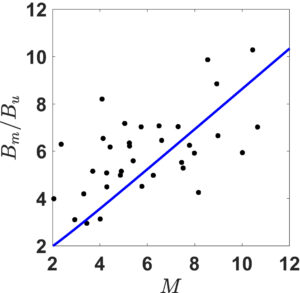The SHARP collaboration welcomes the successful launch of the NASA SMEX mission Imaging X-ray Polarimetry Explorer (IXPE) on December 9, 2021. The IXPE mission will measure among others the X-ray polarisation from supernova remnants, which helps to probe magnetic-field turbulence in the vicinity of collisionless shocks of these objects. SHARP members Dr. Jacco Vink and Dmitry Prokhorov are scientific members of the IXPE science team and are involved in the analysis of the first science observation done with IXPE, which started on January 10.
Find out more about IXPE here.






